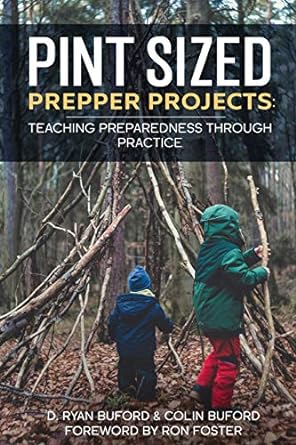How to: Forage for Summer Edibles 15 - Daylilies & Wild Raspberries
Share
Video
07/17/2014
Did you know that some species of Daylilies are edible! The flowers, buds, and root are. The fully opened flowers are quite tasty and are use to garnish soups and salads.
In fact, the flowers of some species are edible and are used in Chinese cuisine. They are sold (fresh or dried) in Asian markets as gum jum or golden needles or yellow flower vegetables. They are used in hot and sour soup, daylily soup, Buddha's delight, and moo shu pork. The young green leaves and the rhizomes (roots) of some species are also edible.
I also take a look at wild raspberries, and re-visit, nettles, burdock and jewelweed to show how these plants mature.
The plants featured are:
Daylily (Hemerocallis spp.)
Wild Raspberry (Rubus spp.)
Stinging nettles (Urtica d.)
Burdock (Articum l.)
Jewelweed (Impatiens capensis )
========================
FORAGING RULES:
1). Only harvest plants that you have 110% positively identified.
2). Only harvest from areas where you have permission to do so.
3). Only harvest from areas you know are not sprayed, contaminated, or polluted.
4).Only use your harvest after they have been well washed in water.
5). Only ingest small amounts at first; If you choose to do so it is AT YOUR OWN RISK! DO NOT use this short video as the source of truth...DO YOUR OWN RESEARCH and/or find someone in your area who is knowledgeable and competent
#5 is especially important if you are new to wild foraging. Aside from the obvious dangers of thistles, poison ivy, poison oak, and deadly water hemlock...Many wild plants contain off the charts vitamins and minerals which might create a shock to your system...considering the nutrient count of your average domesticated vegetable foodstuffs.
Also and adendem to rule #1 is follow Green Deane's of EatTheWeeds I.T.E.M-ize Rules:
(I)dentify the plant beyond doubt....be sure it is the right
(T)ime of year. Check its
(E)nvironment. This involves two things. One is making sure it is growing in the right place. The other is making sure the plant is getting clean water and is not in polluted soil. And then...
(M)ethod of preparation.
SORRY - There are no steps for this How-To. Please check back later. Or drop me a line at
TheUrbanAbo@gmail.com to let me know you wanna see this one fleshed out.







